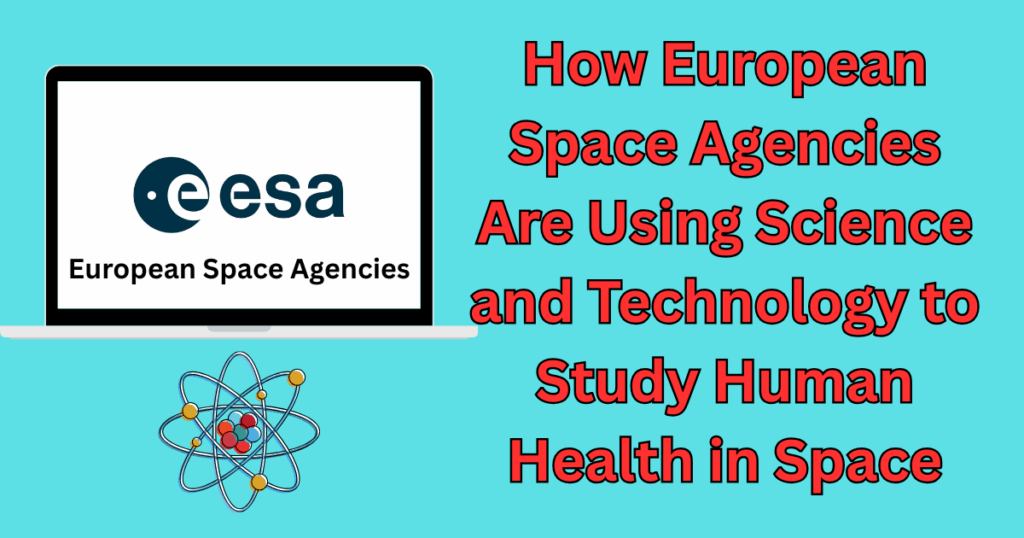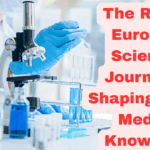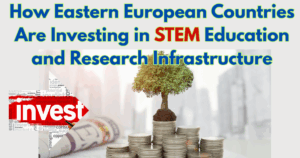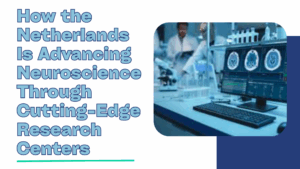How European Space Agencies Are Using Science and Technology to Study Human Health in Space: To find out what process is responsible for how our bodies function, it helps to research similar test subjects and notice their differences. ESA, on the basis of geographical return, invests in each Member State, through industrial contracts for space programmes, an amount more or less equivalent to each country’s contribution.
How European Space Agencies Are Using Science and Technology to Study Human Health in Space
Changes in physiology and biology during spaceflight do not have to be studied during spaceflight. ESA offers other environments to test theories and research the human body.
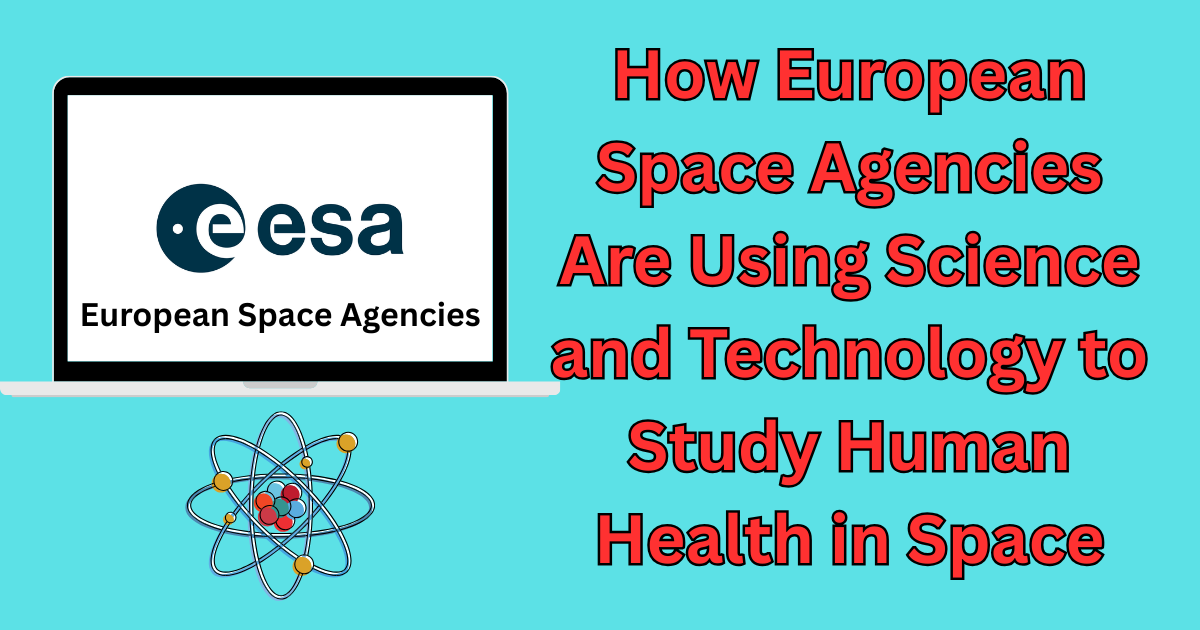
Society has already benefitted from space technologies, like satellite television, global positioning and navigation systems, advanced weather forecasting using earth observation data, high-speed global telecommunications, environment observations and numerous by-products such as car airbags.
What does ESA (European Space Agency) do?
In short, ESA’s job is to draw up the European space programme and carry it through. ESA programmes are designed to find out more about Earth, its immediate space environment, our solar system and the Universe, as well as to develop satellite-based technologies and services and to promote European industries.
Technology – The application of scientific knowledge for practical purposes – might sound abstract, but our capacity to invent and evolve and master technology and tools is fundamental humanity as a species, driving us from the East African savannah to to every corner.
Progress in Technology targets –
Of the four targets set out in the original version of the technology , the Director General gave priority to this one: 30% faster development and adoption of innovative technology. In practice this has meant novel processes, methods and technologies, allowing Europe to take faster benefit from the introduction of new technologies.
This includes a tripling of the number of in-orbit demonstrations from 2020 to 2024 compared to 2015 to 2019, allowing early testing of promising technologies in space, especially using miniature “CubeSats”. The increased use of ‘commercial off the shelf’ parts, essential to get innovation into space faster, has been facilitated through a dedicated COTS strategy and related mission classification risk model. COTS parts tend to be more advanced and economical compared to their space-grade equivalents.
Trio of new technology themes:
Innovative technologies has also led to creation of three brands of the technology themes.
- Quantum technologies – It is harnessing special properties of matter that manifest at the very tiniest of scales; these offer new opportunities in space-based communications protected by physical properties instead of encryption.
- Advanced propulsion – This is spanning from air-breathing rocket engines to electric propulsion serving extremely low orbits to emerging green propellants; the emphasis is on new propulsion systems for new applications.
- In Orbit Service and Construction – The ClearSpace-1 ADRIOS mission will Demonstrate a unique service to demonstrate a unique service to demonstrate. To increase Europe’s ability to act sustainably in space, and prepare for an emerging commercial market, Europe will demonstrate in-space servicing, manufacturing, construction and recycling capabilities, unlocking new applications in the process
The European Space Agency (ESA) supports several preliminary studies enabling the definition of priorities to prepare for interplanetary manned exploration missions, like the HUMEX (Study on the Survivability and Adaptation of Humans to Long-Duration Exploratory Missions).
ESA has also developed a comprehensive and targeted ground programme to validate effective countermeasures through the bed rest studies, including the testing of the use of artificial gravity applied through a short-arm centrifuge. However, Europe has not developed its own human exploration roadmap. On the basis of the current knowledge, an action plan approved by the European scientific and industrial communities and relying on ESA programmes in the ESA, integrating the expertise of non-ESA member states as well as of the Eastern European countries, is needed. And the technological synergies often open the doors to other markets beyond ESA and foster the competitiveness of the European space industry.
Conclusion
In this article we discussed how European space agencies are using science and technology to study human health in space: To find out what process is responsible for how our bodies function, changes in physiology and biology during spaceflight do not have to be studied during spaceflight. Innovative technologies has also led to creation of three brands of the technology themes

